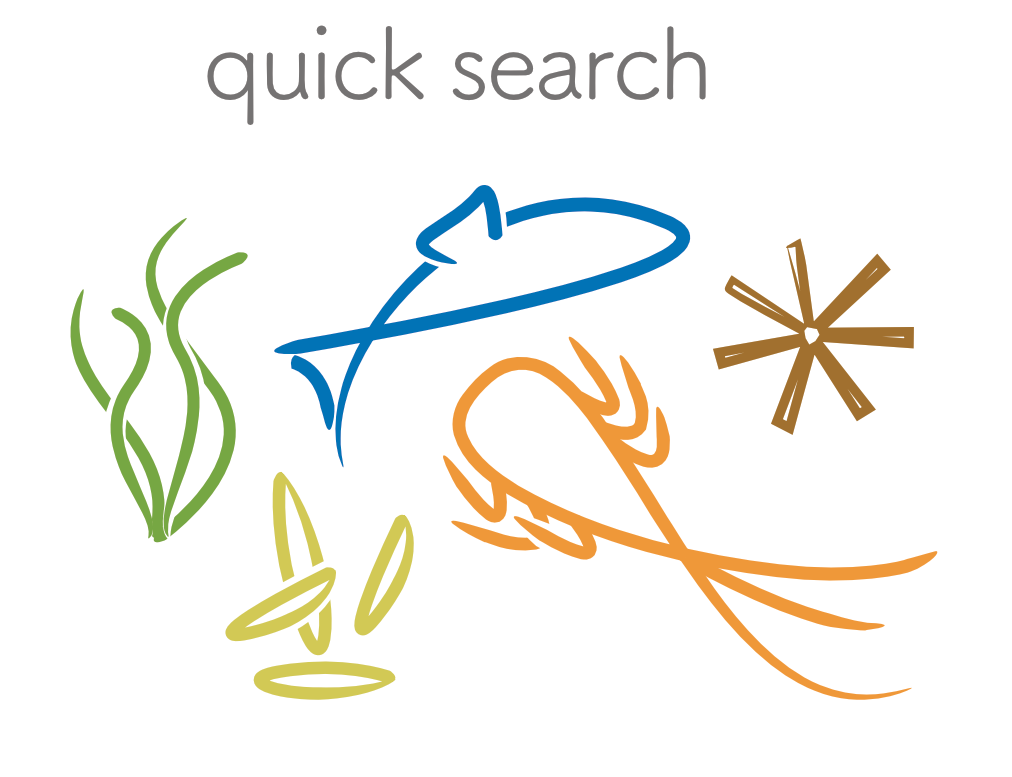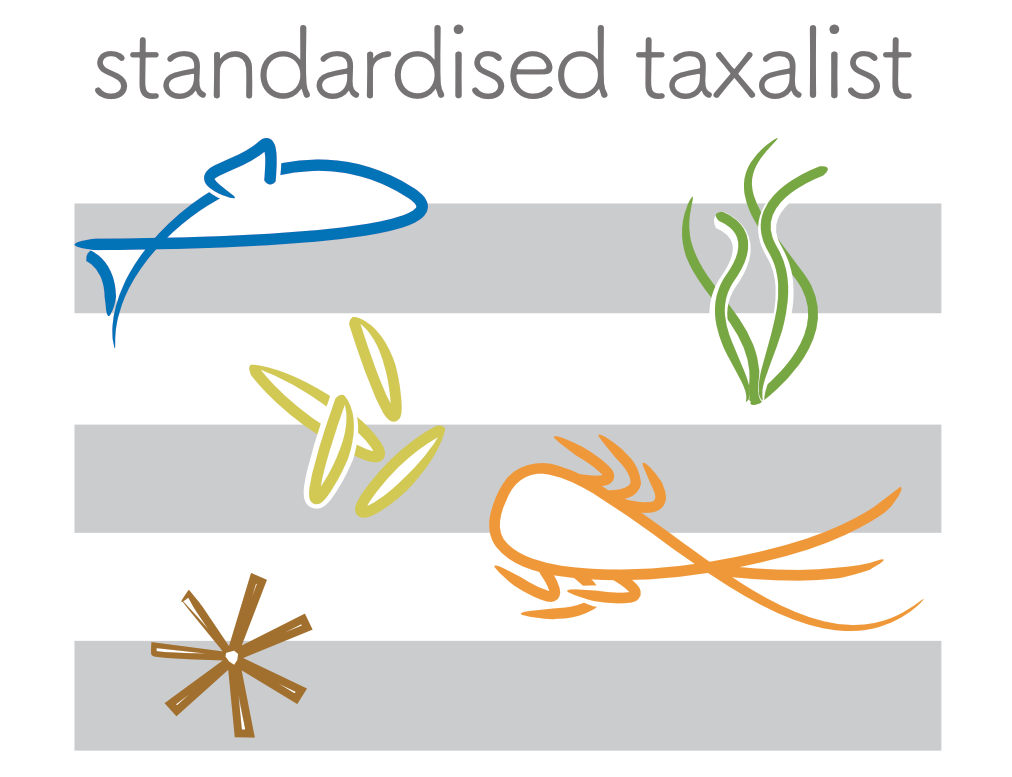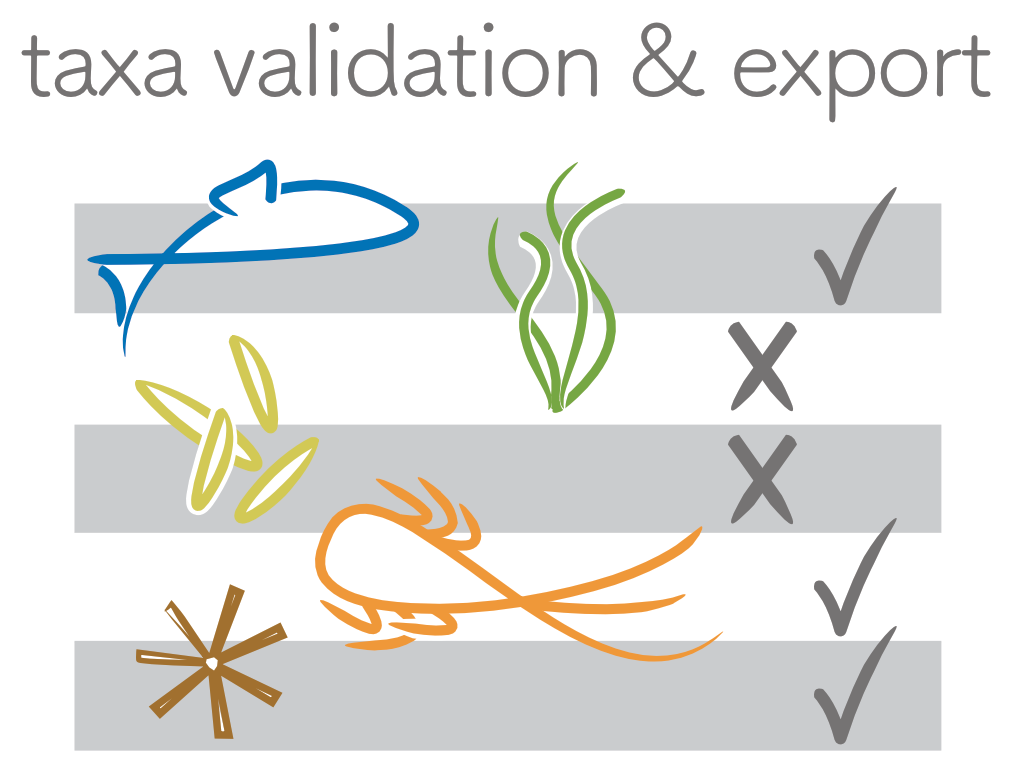Welcome to the freshwaterecology.info database.
Here you can find autecological characteristics, ecological preferences and biological traits as well as distribution patterns of more than 20,000 European freshwater organisms belonging to fish, macro-invertebrates, macrophytes, phytobenthos and phytoplankton.
The ecology data feature occurrence related parameters (e.g. ecoregional distribution or endemism, etc.), region related parameters (e.g. stream zonation or altitudinal preference, etc.), habitat related parameters (e.g. temperature or substrate preference, etc.) or life and body related parameters (e.g. feeding type or life duration, etc.) and others. All biological traits and ecological parameters can be individually combined and queried.



Find your freshwater organism and its ecological preferences (
Quick Search).
Create your standardised taxalist for each of the organism groups and enter data for up to 230 samples (
TET - Taxa Entry Tool).
Upload your taxalist, validate it and export your taxa including selected ecological parameters (
TVT - Taxa Validation Tool).
We are happy to announce that version 8.0 is now (finally) online
Apart of the new design, the following changes/additions were integrated into the new version of freshwaterecology.info:
- Fish
- review of the taxonomy with focus on the Danube River catchment including German names
- review and subsequent adaptation of existing ecological parameters: migration, rheophily (habitat), reproduction habitat, feeding habitat, feeding diet (adult), parental care
- integration of fiBS information: parameters used in the German fish assessment system (migration, fish region, habitat, reproduction, trophy)
- integration of new ecological parameters: general water quality tolerance, temperature tolerance, oxygen tolerance, toxicity tolerance, acid tolerance, habitat degradation tolerance, spawning preference, reproductive behaviour and others
- Macro-invertebrates
- review of taxonomy and integration of ecological preferences and biological traits for Odonata: classifications were done for most of the existing parameters, as well as three new parameters: disjunct isolated populations, migrant species and whether or not a species is listed in the Habitats Directive; additionally, we adapted the parameters life duration and reproduction specifically for dragon- and demselflies
- review of taxonomy and integration of ecological preferences and biological traits for Coleoptera: priority was given to the parameters stream zonation preference, microhabitat/substrate preference, current preference, temperature range preference, feeding type and locomotion type
- classification of taxa that are included in the so-called "Operational Taxalist (OTL)" of Germany and partly Austria, spanning all different macro-invertebrate orders; this classification includes higher taxonomic units (e.g. classifications on genus or even family level) whenever it was possible; priority was given to the parameters saprobity, stream zonation preference, rhithral preference (RTI), potamal preference (ECO-P), microhabitat/substrate preference, current preference, rheo index (RIB), temperature range preference, acid class preference, salinity preference, feeding type and locomotion type
- integration of new parameters: microhabitat - vertical distribution, hydraulic habitat preference, temperature preference (KLIWA), a new salinity preference parameter, development: holo-/hemimetabolic, mode of life: holo-/merolimnic, tolerance score, drought indication, groundwater influence, lake outlet index, SPEAR pesticide and fauna index Germany
- linking of species to the BOLD database
- Macrophytes
- review of the taxonomy including the integration of an extensive synonymy list
- review and subsequent adaptation of existing ecological parameters
- the following new or re-worked parameters are now available: continentality figure after Ellenberg, Borhidi, Landolt (vascular plants and bryophytes), IC CB-GIG common metrics, zone – systema, aquaticity, light figure, moisture figure, nitrogen/nutrients figure, reaction figure, salt/salinity figure, temperature figure (in each case according to Ellenberg, Borhidi and Landolt), IC CB-GIG disturbance indicator, IC CB-GIG ITEM score, plant life span, life form – systema, life form – Raunkiaer, growth form WIEGLEB extended according to van de Weyer, growth form – Bryophytes according to Landolt, leaf persistence and IC CB-GIG neophyte
- linking of species to reference lists, mostly to Plants of the World online
- Phytobenthos
- the former "diatoms" section was amended with phytobenthos without diatoms, now together forming the phytobenthos-part of freshwaterecology.info; both "diatoms" and "phytobenthos without diatoms" can be queried together or separately
- review of the taxonomy
- integration of new parameters for diatoms: trophy and saproby according to Pfister
- integration of parameters for phytobenthos without diatoms: life form, indicator taxon, geochemical imprinting, substrate preference, water type as well as trophy and saproby according to Pfister,
- Phytoplankton
- all organism groups
- addition of synonyms (as far as available)
- information on neobiota-status, also directly linking to the European Alien Species Information Network (EASIN)
- addition of a variety of new advanced display values
- classification of biological traits and ecological preferences into sub-groups that can easily navigated to
- complete revision of the information section

- support for German-speaking users: all the parameter explanations and abbreviations are now also available in German by clicking on the German flag in the
 window; a German manual on how to use the database is available here
window; a German manual on how to use the database is available here
- revision and adaptation of all help pages
- technology
- on the server side, the script language has been updated to PHP 7.x
- the current database version is mySQL 5.7
- on the client side, jQuery 3.3 is used
Note: These are many innovations and changes (especially technically in the background) :-)! Though we have thoroughly tested the website, errors might occur. If you get aware of something that does not seem right, please notify us at Astrid Schmidt-Kloiber (astrid.schmidt-kloiber@boku.ac.at).
Upcoming additions
- Update of the diatom section: life form and ecological group will be added.
- We are about to include the DISPERSE trait database (Sarremejane et al. 2020) into freshwaterecology.info.
- We will also add more ecological information on Central European fish species compiled by Döbbelt-Grüne (in prep.).
Previous news
Previous news can be found in the News archive.
The data presented on this website result from various EU-funded projects as well as smaller national projects. We encourage a broad use of the data for purposes in science and water management. Before accessing the majority of the data, however, we kindly ask you to register, you will then get a username and a password. This procedure will ensure that we can notify you about major updates of the database. Please go to Registration for your personal login.
The freshwaterecology.info database is a "living document" and therefore permanently under improvement. If you want to contribute to the database, detect any error, encounter problems during the query process or have any suggestion for improvement regarding design, content, user-friendliness and accessibility, please feel free to contact Astrid Schmidt-Kloiber (astrid.schmidt-kloiber@boku.ac.at).
Currently powered by






![]() ,
, ![]() icons). Details on the citation can be found in the Terms of use (citation) section and in the help section under How to find the correct references and citations.
icons). Details on the citation can be found in the Terms of use (citation) section and in the help section under How to find the correct references and citations.